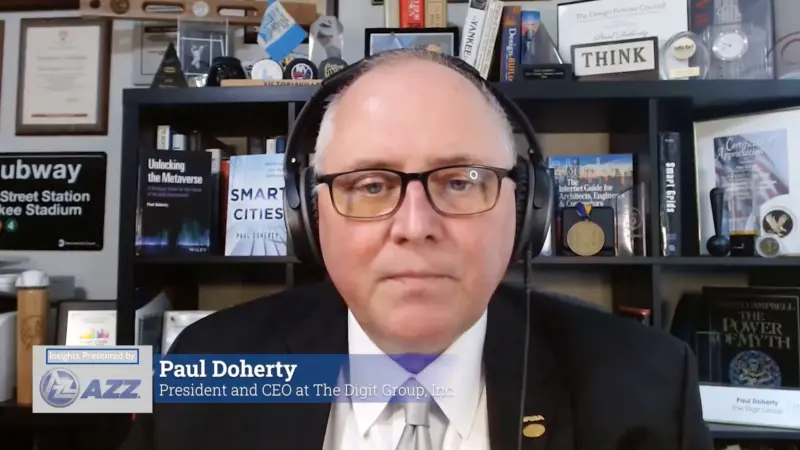Window Shades Create More Comfortable and Productive Workplaces
Summertime is primetime for the construction industry, but those summer temperatures and bright sunlight serve as visible reminders for how important solar control products are for buildings and their occupants.
On this episode of the Architecture & Design Podcast, host Tyler Kern sat down with Jeff Miller, solar control products manager for Draper Inc. to discuss the key benefits of proper shading for buildings. The Indiana-based, family-owned company manufactures window shades for sunlight control and room darkening.
When you think of solar control products, more commonly known as window shades, energy savings come to mind as the obvious benefit. But Miller said occupancy comfort is a critical benefit of window shades.
“Energy savings is definitely a big part of window shades but we’re seeing more and more discussions about occupancy comfort and workroom productivity,” Miller said.
But how do window coverings affect employee productivity?
Heat build-up in a particularly sunny part of the office is one factor. Glare on a computer screen is another important one, he said. While the screen itself and harmful blue light can create problematic strain on eyes, a very common cause of strain is unfiltered natural light from a window.
“When it comes to window shades, two of the main characteristics to look at are the color of the fabric and the openness factor,” Miller said. “Color affects how you view through the shade.”
White fabric, for example, has a lot of reflectivity. That’s good for reflecting light back out, but doesn’t cut inside glare and can affect the occupants’ ability to see through the shades, Miller said. Interestingly, a dark color fabric helps minimize inside glare and has better visibility through it because the dark color absorbs light.
A low openness value (1%-3%) will block more sun and deliver a higher level of privacy but it will also allow for less view through.
For the latest news, videos, and podcasts in the AEC Industry, be sure to subscribe to our industry publication.
Follow us on social media for the latest updates in B2B!
Twitter – @AECMKSL
Facebook – facebook.com/marketscale
LinkedIn – linkedin.com/company/marketscale









